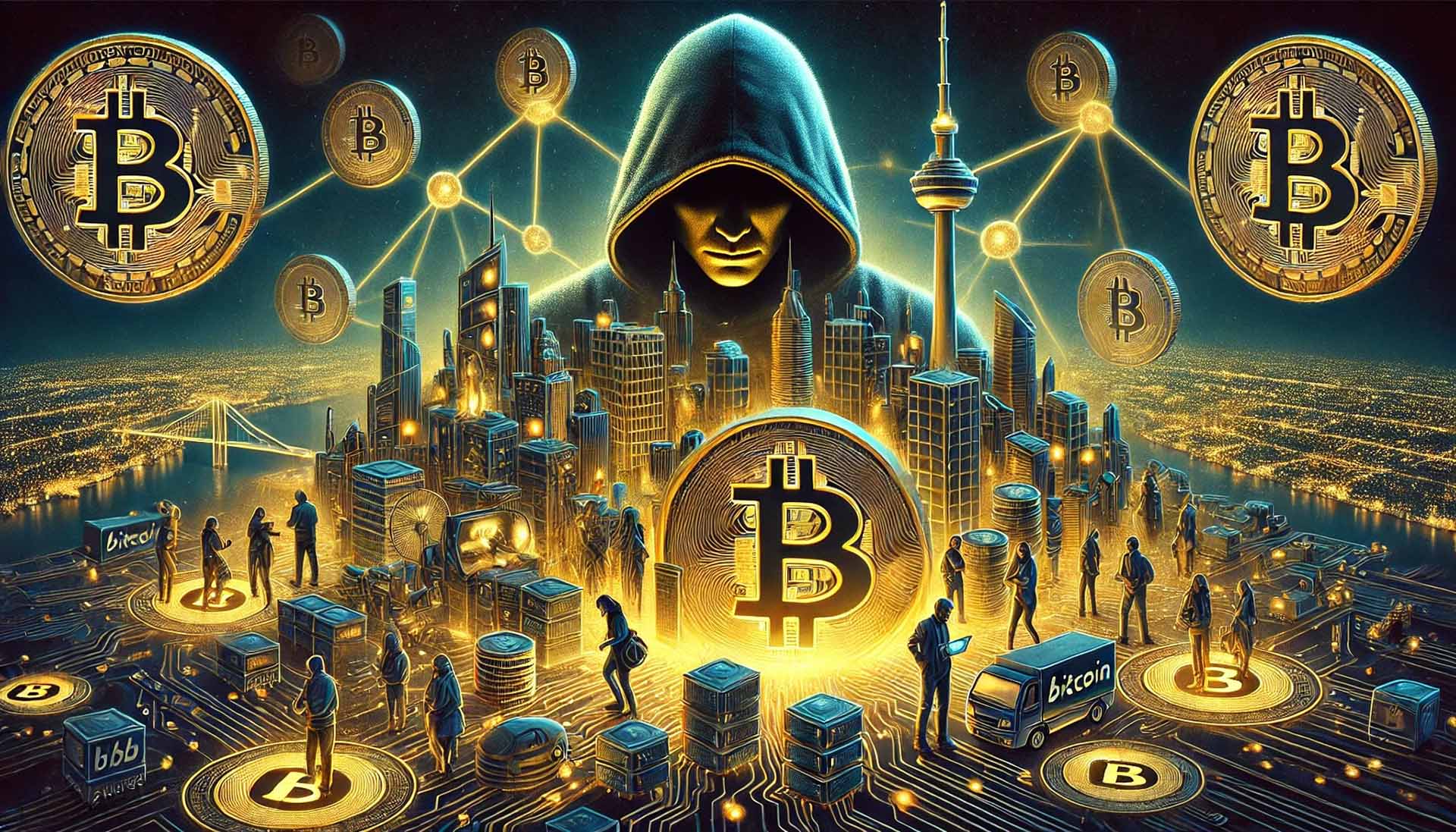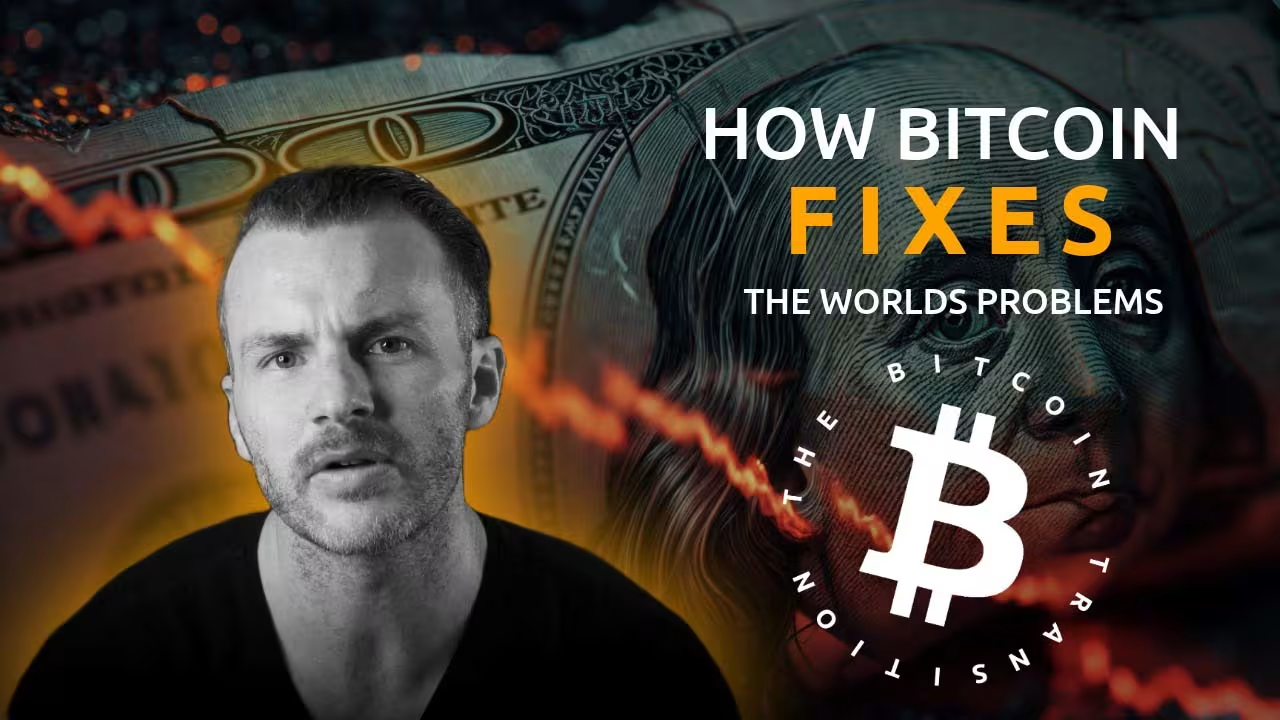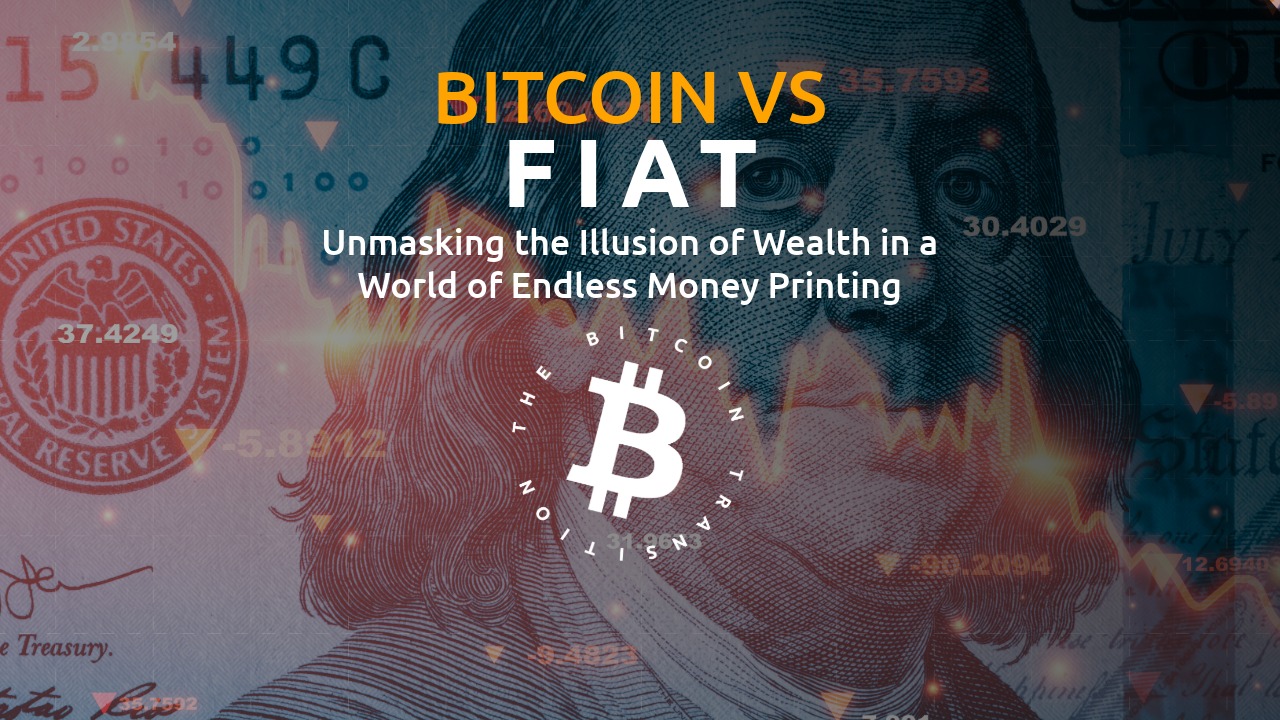Why the World Needs Bitcoin: Satoshi’s Vision and the Path to a Hard Money Economy
Why the World Needs Bitcoin: Satoshi’s Vision and the Path to a Hard Money Economy

Introduction
In 2008, an enigmatic figure named Satoshi Nakamoto released a whitepaper titled Bitcoin: A Peer-to-Peer Electronic Cash System. The opening line states: “A purely peer-to-peer version of electronic cash would allow online payments to be sent directly from one party to another without going through a financial institution.” This wasn’t just a technical proposal—it was a radical reimagining of money, born from the ashes of the 2008 financial crisis. Satoshi envisioned a world where trust in centralized intermediaries—banks, governments, and fiat currencies—could be replaced by a decentralized, mathematically verifiable system. Bitcoin was designed not as a speculative asset to hoard, but as a medium of exchange: digital cash for the internet age.
Yet, within the Bitcoin community, a mantra has emerged: “Never sell your Bitcoin.” This mindset, while understandable in a world still dominated by fiat currencies, subtly betrays Satoshi’s vision. It reflects a fiat lens—valuing Bitcoin in terms of dollars, euros, or pounds rather than as a self-contained unit of value. The ultimate goal isn’t to amass Bitcoin as a trophy; it’s to transition the global economy to a Bitcoin standard, where it functions as “hard money”—a store of value, medium of exchange, and unit of account all at once. Drawing from Saifedean Ammous’s The Bitcoin Standard, this shift promises to reshape human behavior, economic incentives, and even our pursuit of happiness. But to get there, we must confront the fiat system’s impending collapse, accelerated by deflationary forces like AI, and embrace Bitcoin’s role as a bulwark against centralized control.
The Fiat Mindset vs. Bitcoin’s True Potential
Today, many Bitcoiners still think in fiat terms: “Bitcoin hit $100,000!” or “I’ll sell when it reaches $1 million.” This is a natural transitional phase—we live in a fiat world, after all. But maturity as a Bitcoiner means recognizing that 1 BTC = 1 BTC. Its value isn’t tethered to a depreciating currency; it’s a fixed, finite asset (21 million coins, no more). Hoarding Bitcoin has its merits—it protects wealth from inflation and currency debasement—but a fully realized Bitcoin economy requires spending. Satoshi didn’t design Bitcoin to sit idle in cold wallets; he built it to circulate peer-to-peer.
This shift from hoarding to spending aligns with Austrian economics, particularly the concept of opportunity cost. In a fiat system, endless money printing encourages reckless consumption—cheap credit fuels materialism and a chase for fleeting pleasures. Bitcoin, with its scarcity and lack of central manipulation, forces a different calculus. Every satoshi spent is a choice: Do I buy this gadget, or save for something more meaningful? As Ammous argues in The Bitcoin Standard, hard money incentivizes long-term thinking, savings, and investment in quality over quantity. Consumerism fades; durable happiness rooted in purpose and resilience emerges.
The Fiat System’s Collapse: Debt, Inflation, and the AI Deflation Bomb
The fiat system, built on debt and inflation, is teetering on the edge of collapse. Central banks like the Federal Reserve rely on perpetual money creation to service ballooning debts and stimulate growth. Inflation—around 2% annually in “stable” times—erodes purchasing power, forcing people to spend or invest just to keep up. But this house of cards faces an existential threat: deflation, driven by artificial intelligence.
AI is inherently deflationary. It optimizes processes, reduces labor costs, and increases productivity at an unprecedented scale. Manufacturing, logistics, healthcare—entire industries are being streamlined, driving prices down. In a healthy economy, this would be a boon: goods and services become cheaper, raising living standards. But for central banks, deflation is a nightmare. Why? Because debt-based systems collapse under deflationary pressure. When prices fall, the real burden of debt rises—$100 owed today becomes harder to repay if your income or asset values drop. Borrowers default, banks falter, and the debt pyramid crumbles. Central banks fear deflation more than inflation because it exposes the fragility of their control. They can’t print their way out of a deflationary spiral without hyperinflating the currency, destroying trust entirely.
This tension is reaching a breaking point. Government debt levels—$35 trillion in the U.S. alone as of early 2025—are unsustainable. Meanwhile, AI’s deflationary march accelerates. The fiat system, addicted to inflation, can’t adapt. It’s a slow-motion train wreck, and Bitcoin offers an escape hatch.
The Great Taking: Bitcoin as Salvation
The stakes are higher than most realize. In The Great Taking, author David Rogers Webb warns of a orchestrated financial reset—potentially tied to the World Economic Forum’s “Great Reset” agenda—where elites exploit the fiat system’s collapse to seize assets from the masses. The mechanism? Legal and financial frameworks that prioritize secured creditors (banks, hedge funds, central institutions) over individuals. If you don’t outright own your home, stocks, or savings—if they’re tied up in debt or custodial accounts—you could lose everything in a crisis. The 2008 bailouts were a preview; the next crash could be the main event.
Bitcoin, held in self-custody, is the antidote. Unlike ETFs or exchange-held BTC, self-custodied Bitcoin is untouchable by banks or governments. No intermediary can confiscate it; no “great taking” can reach a private key secured by its owner. Satoshi’s peer-to-peer vision ensures that individuals—not elites—control their wealth. As fiat crumbles and centralized systems tighten their grip, Bitcoin becomes more than an investment—it’s a lifeline.
Self-Custody Over ETFs: True Sovereignty
This brings us to a critical divide in the Bitcoin ecosystem: self-custody versus custodial solutions like ETFs. Bitcoin ETFs, while driving mainstream adoption, undermine Satoshi’s ethos. They’re fiat-adjacent—regulated, centralized, and vulnerable to the same systemic risks as stocks or bonds. If the financial system implodes, ETF holders could be left empty-handed, their “Bitcoin” rehypothecated or seized. Self-custody—storing your BTC in a hardware wallet with your own private keys—is the only way to embody Bitcoin’s promise of sovereignty. “Not your keys, not your coins” isn’t just a slogan; it’s a defense against The Great Taking and the fiat endgame.
The Road Ahead: A Bitcoin Standard
Satoshi’s vision wasn’t about getting rich quick in dollar terms; it was about liberating money from centralized control. Bitcoin as a global hard money standard would dismantle the fiat incentives of debt-fueled consumerism and replace them with a system that rewards saving, thoughtful spending, and long-term planning. AI’s deflationary pressure will hasten fiat’s demise, but it also complements Bitcoin’s strengths—lower prices in a Bitcoin economy stretch its fixed supply further, amplifying its utility.
To get there, Bitcoiners must evolve. Hoarding is a stepping stone, but spending BTC—on essentials, on quality, on building a parallel economy—is the destination. The fiat mindset will fade as 1 BTC = 1 BTC becomes not just a meme, but a lived reality. The world needs Bitcoin not as a speculative asset, but as the foundation for a resilient, decentralized future. Satoshi showed us the way; now it’s up to us to walk the path.


